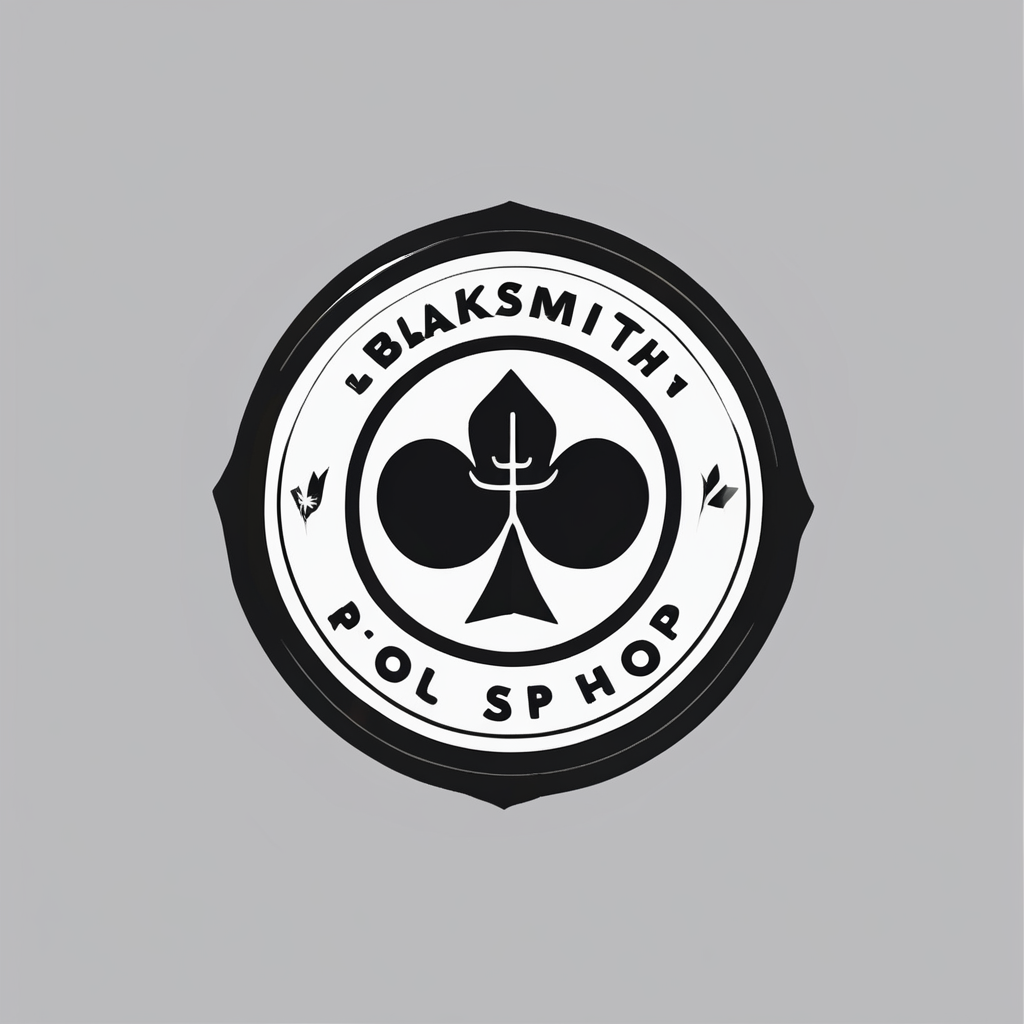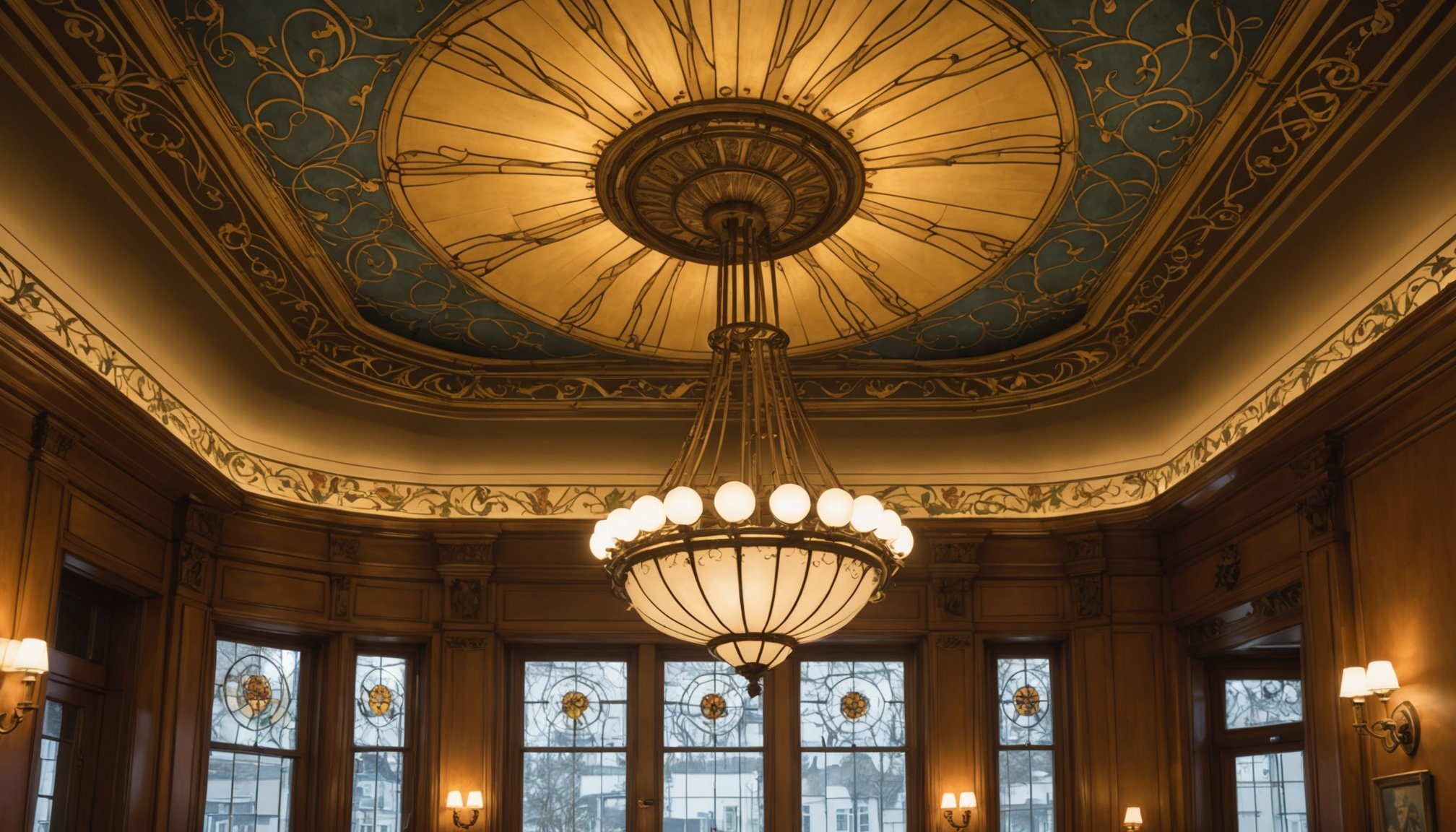Historical Context of Art Nouveau Lighting
The Art Nouveau movement emerged at the turn of the 20th century, bringing a significant shift in design aesthetics. Characterised by its departure from conventional design forms, Art Nouveau celebrated natural forms and harmony with nature. This influence extended into architectural lighting, which became an important expression of the movement’s ideals.
Key Features of Art Nouveau Lighting Fixtures
Art Nouveau lighting fixtures are distinguished by their organic shapes and intricate designs. Inspired by natural elements, these fixtures often feature flowing lines and floral motifs. Materials such as stained glass and wrought iron are frequently used to enhance their artistic appeal.
This might interest you : Ultimate Guide to Weatherproofing Sash Windows in Period Homes: Expert Tips for UK Homeowners
Influence of Natural Forms on Lighting Design
The use of natural forms in Art Nouveau lighting resulted in designs that felt both innovative and integrated within their environments. Lighting fixtures were often designed to mimic plants and flowers, symbolising growth and fluidity. This emphasis on the beauty of the natural world paved the way for the evolution of modern lighting design, where aesthetics and function are seamlessly linked.
Art Nouveau’s focus on artistic integration and elegance in lighting design continues to inspire current architectural concepts, merging tradition with contemporary needs.
Also to discover : Explore the charm of customizable cardboard furniture
Selecting the Right Art Nouveau Lighting Fixtures
Choosing the right Art Nouveau lighting fixtures is essential to achieving period-appropriate decor while ensuring design compatibility within your home. Authenticity is key, so look for pieces that authentically represent the era’s style. Genuine Art Nouveau lighting often incorporates ornate designs, stained glass elements, and intricate metalwork.
When selecting lighting for period-specific homes, consider how fixtures will complement existing architectural features. Assess the overall design of your space to ensure a harmonious blend; for example, fixtures with fluid lines and floral motifs pair well with interiors featuring curved woodwork or floral wallpaper.
Size is another crucial factor in this decision-making process. Large fixtures can overwhelm small spaces, while understated pieces may get lost in more expansive areas. Pay close attention to the scale of the room and choose fittings that enhance rather than compete with your interior architecture.
Additionally, contemplate the materials and colours of your chosen fixtures. Stained glass with warm, earthy hues can introduce a soft glow, enhancing the ambiance and historical charm. In summary, thoughtful consideration of these elements will guide you to select Art Nouveau lighting that enhances your home’s stylistic essence.
Installation Guidelines for Art Nouveau Lighting
Selecting and installing Art Nouveau lighting requires attention to the right placement and electrical details to preserve the style’s charm. Proper fixture placement emphasises the aesthetics of this design, highlighting architectural features without overwhelming the space.
Best Practices for Historical Homes
When installing these fixtures, observing the architectural context is essential. Position lights to accentuate curved doorways or archways, inherent in period homes, ensuring the fixture aligns with the room’s design and purpose. Optimal placement can transform a fixture, turning it into a focal piece.
Safety through Electrical Expertise
Electrical safety is paramount. Hiring a qualified electrician ensures compliance with modern standards without compromising the home’s historic integrity. Their expertise is crucial for adapting old fittings to contemporary wiring, maintaining both safety and functionality.
Enhancing Architectural Elements
Use strategic fixture placement to complement and enhance architectural elements. For example, installing fixtures near stained glass windows can harmonise the colour palette, while those near intricate woodwork amplify the space’s visual interest. This careful consideration can beautifully marry past and present design principles.
Successful Integrations of Art Nouveau Lighting in UK Homes
Art Nouveau lighting remains a vibrant choice for many UK homes, blending home design aesthetics with historical charm. Its allure lies in how it can transform a space, acting as both functional and decorative elements. Real-life examples show that when integrated thoughtfully, these fixtures highlight architectural features such as intricate cornices or stained glass panels, adding depth and elegance to rooms.
Case Study: Residential Use of Art Nouveau Lighting
One notable case study showcases a Victorian townhouse in Brighton, where successful projects incorporated Art Nouveau fixtures to accentuate the original wooden balustrades and ceiling mouldings. Through careful selection, lighting fixtures seamlessly complemented existing architectural enhancement, creating a harmonious environment.
Transformative Examples in Interior Design
Many homes have successfully integrated Art Nouveau lighting by pairing them with furniture and wallpapers that reflect the period’s motifs. Such bright transformations demonstrate how home design can capture the unique spirit of an era while meeting modern functionality.
Common Challenges and Solutions in Integration
Integrating these fixtures often presents design compatibility challenges. Homeowners must address issues like fitting incompatible fixtures into modern electrics. Solutions include custom adaptations and working with skilled craftsmen, ensuring both aesthetic and functional success in your home.











